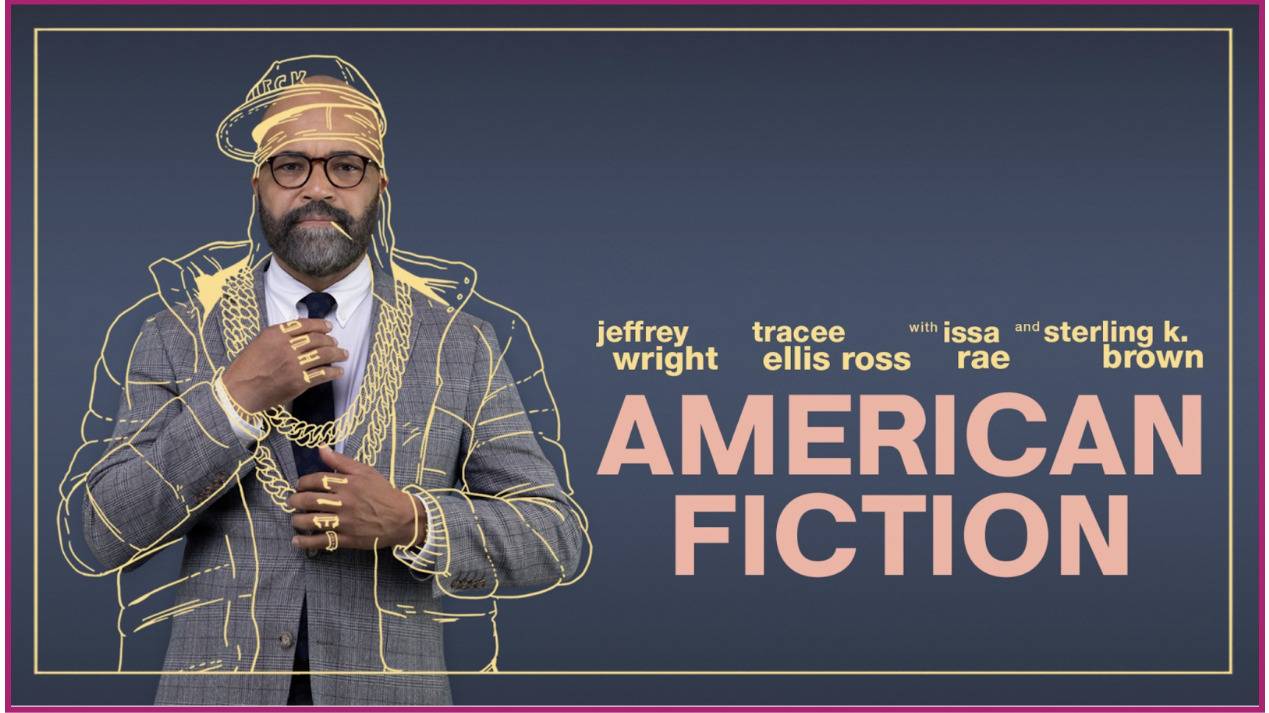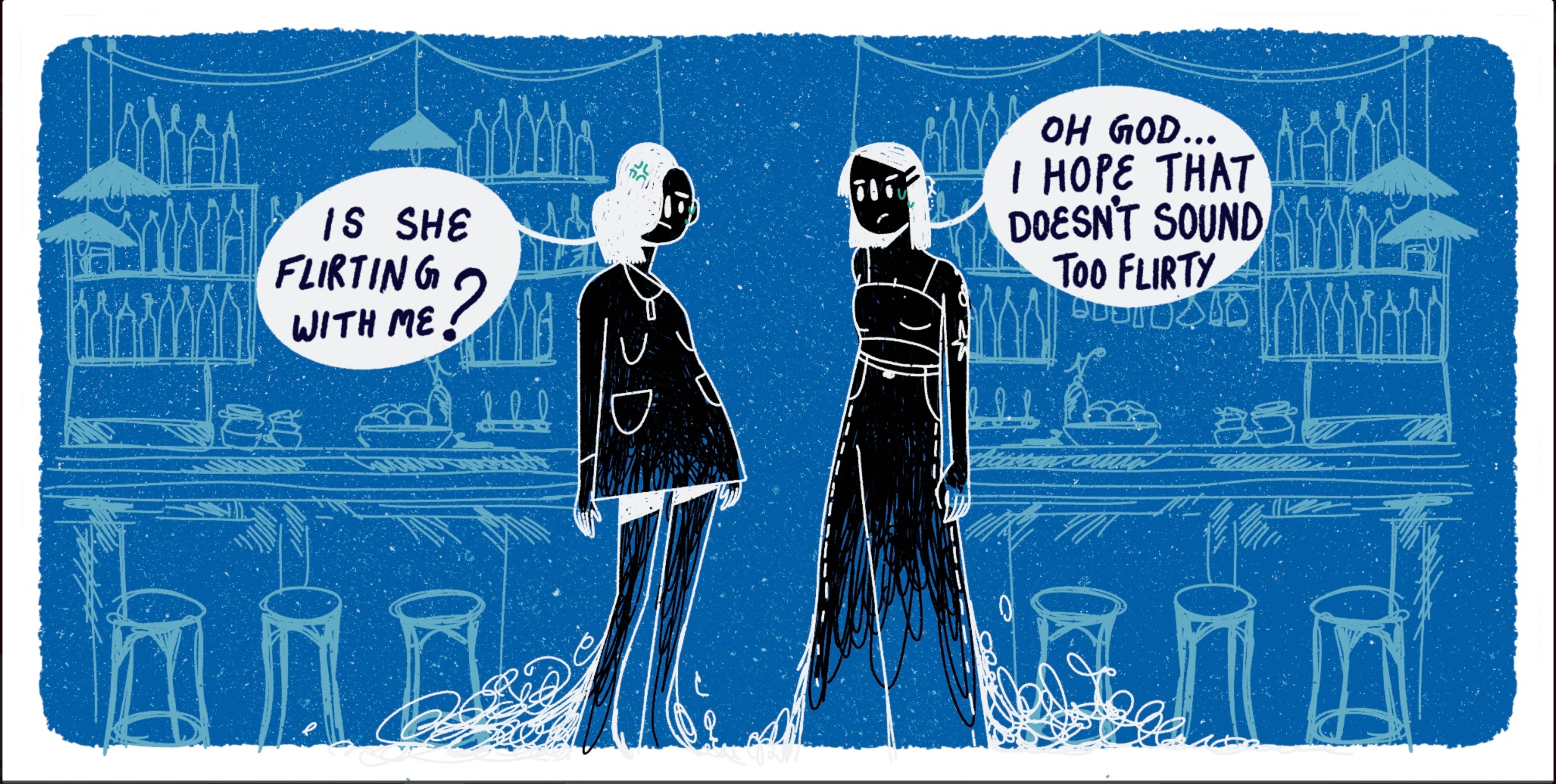Within recent years there has developed such a parallel between our contemporary existence and the height of the Beat Generation, which straddled the late 1940s and early 1950s. The Beats — most popularly represented by Jack Kerouac, Allen Ginsberg, and William S. Burroughs — are the subject of a spate of recent films. Documentarian Jeffrey Friedman’s “Howl,” featuring James Franco as the tortured-yet-vibrant Ginsberg, was released in 2010. This was followed most recently by Walter Salles’ film adaptation of Kerouac’s “On The Road,” the famed novel’s first film adaptation since its writing fifty-five years ago. Not yet released are John Krokidas’s “Kill Your Darlings,” which follows the three mentioned Beats during the murder trial of fellow comrade Lucien Carr, as well as Michael Polish’s adaption of another Kerouac novel, “Big Sur.”
Film trends do not always offer intrigue: look no further than our recent obsession with vampires. But this renewed interest in the Beat Generation runs deeper than mere fascination. There is something about the Beats that speak to our contemporary condition as though, taking Sarkar’s suggestion, time has folded in upon itself and opened a wormhole between the Millennials — those of us born in the 1980s and 1990s — and the freewheeling, devil-may-care antics of those crazy Beats.
Karl Marx, an inspiration to the Beats, once wrote: “Hegel remarks somewhere that all great world-historic facts and personages appear, so to speak, twice. He forgot to add: the first time as tragedy, the second time as farce.” Marx, ever critical of progress, understood the inherent danger of allowing the past to replicate itself without learning anything. In the case of our renewed fascination with the Beat generation, this is incredibly important to keep in mind.
Born before the Great Depression, the Beats came of age in the 1940s. Centered in Manhattan, during their twenties, they collapsed the safety of middle-class Columbia University — attended by Kerouac, Ginsberg, Burroughs, and Carr — with the drugs, criminals, and eccentricity of Times Square. Their perpetual mixing and moving through New York would later extend to the entire country, coast to coast, which Kerouac memorialized in “On The Road.”
It was not until the Fifties that their works came to national prominence, pushed into the spotlight over separate obscenity trials for Ginsberg’s “Howl” and Burroughs’ “Naked Lunch.” Their pro-sexuality, anti-authoritarian attitudes stood at odds with the neat and tidy mass-market consumerism and staunch nationalism of the time.





















